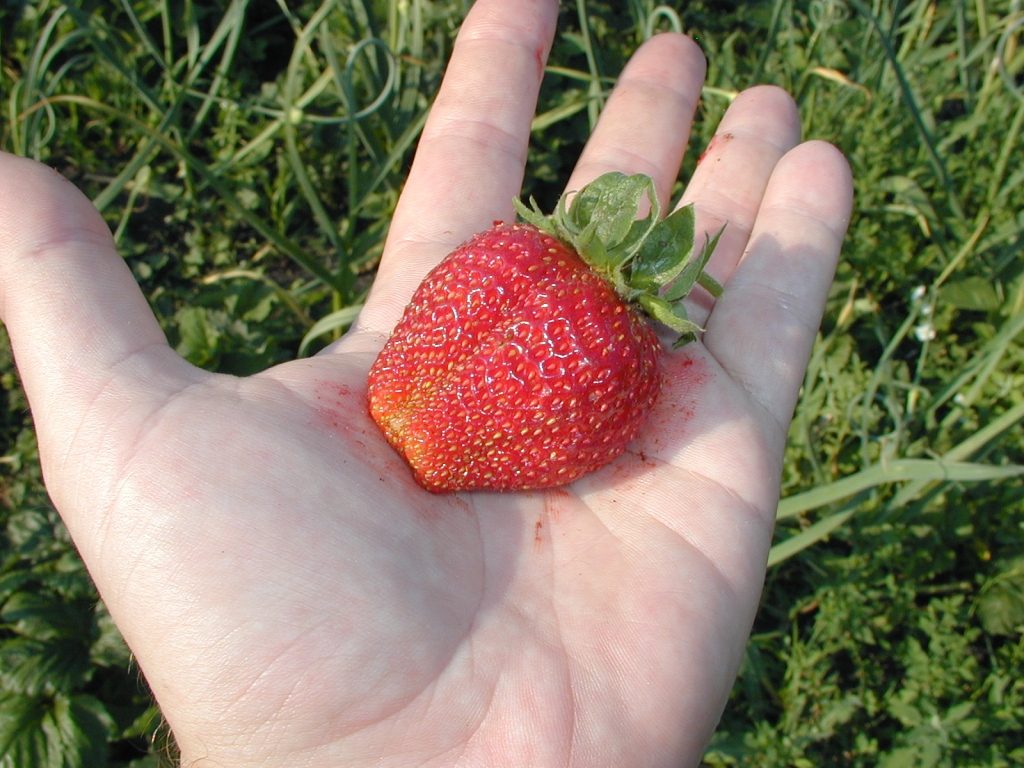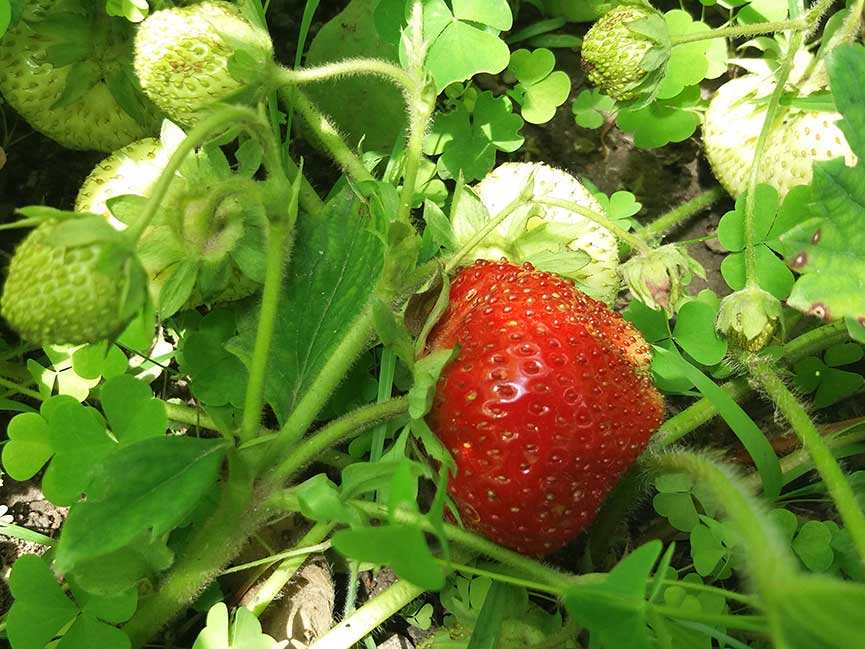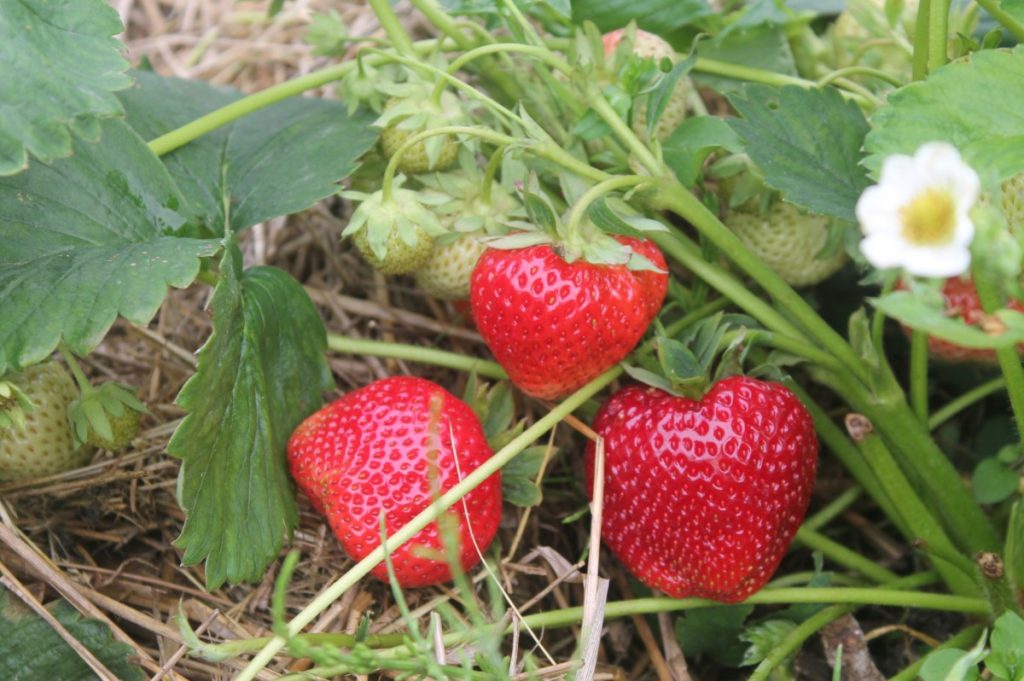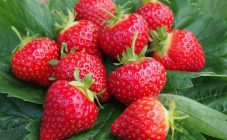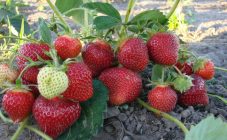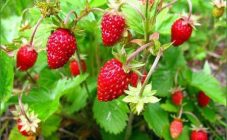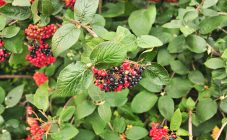All adults and children love such a fragrant berry from the garden bed, like strawberries, the various types of which can differ significantly in size. Its varietal variety, which especially attracts the attention of lovers of sweet fruits, is the mutant strawberry under the characteristic name Gigantella.
This product of the joint work of breeders is distinguished by its gigantic dimensions, which concern not only the foliage, but also the berries themselves. This is precisely the goal pursued by the creators of the garden plant - breeding specialists from Holland, who dreamed of getting a mid-season variety with very large fruits.
As a result of purposeful work, Gigantella strawberries are distinguished by high yield rates, which attracts the attention of not only ordinary gardeners and gardeners, but also entrepreneurs. All this taken together contributes to the fact that this variety of berries is very popular among both professionals and amateurs.
Description and characteristics
When describing a garden berry with the common name "strawberry", you should pay attention to its following characteristics:
- In appearance, her bush is very powerful with spreading foliage.
- The leaves of Gigantella are very large and are distinguished by a rich green color with a slight glossiness.
- When planted in open ground, the remontant strawberry variety begins to bear fruit somewhere in the second half of July, and when grown under a protective film, this period is shifted a couple of weeks ago.
- On one of its bush during growth, up to 30 peduncles appear, each of which gives from 6 to 8 flowers.
- During the summer season, the harvest of berries ripens only once, but they are very large (average weight - from 40 to 100 grams).
- The color of the berry of this variety is bright scarlet with small white blotches, and the strawberry fruit itself looks quite juicy and dense.
In order to determine the degree of maturity of a strawberry, it is enough to examine its nose, which by this moment changes its color from white to scarlet. At the same time, the ripe fruits are very sweet in taste and have a subtle pineapple aroma.
If all the requirements of agricultural technology are met, up to 3 kg of juicy and aromatic berries (and sometimes more) can be collected from one bush of this plant.
Due to the already noted high density of strawberry Gigantella berries, when describing it, it should be noted that they are well preserved during transportation and do not leak out of juice, like some other varieties. The specified characteristic of this type allows you to store berries for a long time in warehouse conditions, that is, to use them for commercial purposes. In addition, the excellent taste of strawberries has long attracted the attention of chefs who traditionally make candied durable products from it (various jams, compotes and confitures).
Agrotechnics
Seasonal cultivation of this crop can be organized in one of the traditional ways for this species:
- Sowing seeds.
- Rooting antennae.
- By the method of cluster division.
The first of these approaches is one of the most difficult and costly, in which a full harvest is obtained only after a year. When multiplied by the second and third methods, it is possible to collect it already in the year of planting.
Landing
Due to the large dimension of strawberry fruits, its bushes for development will need a soil well prepared and fertilized with nutrients. As the latter, it is recommended to use "classic" organic matter (manure, peat and humus) or minerals - to choose from. Only if this condition is met is it possible to obtain a crop corresponding to the declared characteristics.
When planting it, you have to consider the following important points:
- Different types of legumes (peas, beans and lentils, in particular) can be the predecessors in the garden for plants of this variety. But the best option is to plant it in the ground, which was given a year's respite.
- In the territories of central Russia, the time for this is chosen in late April or early May, which is quite normal for a frost-resistant (remontant) variety.
- Immediately before planting, the soil is poured abundantly with water, after which holes are marked on the beds for young growth. At the same time, it is not recommended to place more than 4 bushes per unit area.
In the process of planting, it is important to pay attention to the depth of placement of seedlings, chosen so that the growth points remain on the surface of well-loosened soil.
Care
During the growing season of strawberries of this variety, as a rule, there are no special difficulties. All caring for her usually comes down to taking into account the following nuances:
- The growth of berry bushes is intense and is accompanied by the formation of a large number of whiskers.
- To get a good harvest, you will need to remove most of them as they appear.
- To replenish the stock of planting material, a few overgrown bushes will be enough.
- To do this, for the purpose of rooting, about 5 antennae are instilled in them, which allows them not to weaken the mother bush itself.
In this case, the rosettes formed simultaneously with the growth of foliage eventually release flower stalks, ensuring a full harvest already in the year of planting.
When organizing the care of developing bushes, experts advise:
- If strawberries are grown in unprotected ground, it is very important to weed the beds in a timely manner and water the plant no more often than once a week.
- After discovering "unhealthy" bushes, they should be removed immediately.
- In anticipation of the setting of future berries, the soil must be mulched (this will protect the shoots from rotting).
- To obtain a good harvest, right before fruiting, the overgrown bushes should be abundantly fed, watering them with nitrophos and sodium sulfate (after harvesting, you can additionally fertilize the soil with wood ash).
- Frost-resistant strawberries of this variety do not need to be covered with special protective equipment for the winter.
It is usually used as an additional insulation for the roots.
Advantages and disadvantages
The undoubted advantages of this variety include:
- Giant fruit sizes and long shelf life.
- Very pleasant taste with a specific aroma.
- Excellent transportability.
To all the listed advantages, one should add resistance to early frost.
However, this berry is not without some disadvantages. It:
- High requirements for the quality of the soil prepared for planting.
- Insufficient immunity to most garden diseases.
- A significant decrease in fruiting as the bush "matures".
In conclusion, we note that for the cultivation of Gigantella for commercial purposes, considerable labor and material investments are required. So this enterprise should be taken very seriously, having first considered all the possible risks.
